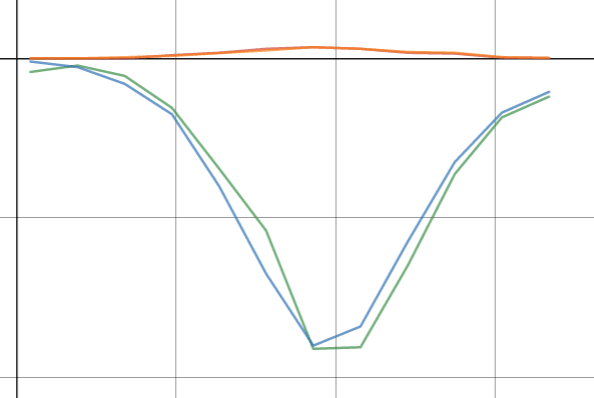GEspo
Automotive
- Aug 25, 2020
- 90
Hello eng-tips experts. For starters: I have a complete, fairly high fidelity, RBD simulation model of an off-road race vehicle, in Maplesim. Currently the model sits with IFS and a rear 4-link, triple bypass and dual rate coilovers on ea corner, real Modelon fluid flows. After a month or so working with the completed model, it's apparent the usual(pavement) race car dynamics analysis will only go so far due to the low coefficient of friction, ie dirt and tire, looks to be about .6, so lateral g's are restricted, and lots of sliding happens, just watch any race etc... SO to my question: Turning my focus to BUMP characteristics and analysis, are there any good resources that layout the study of long travel suspensions? Seems like studying a slinky would be more helpful than opening a dynamics book(I've opened a few btw)..
(As a guide, I'll generalize and define "long travel suspension" as a VERY Soft system with anywhere from 20" to 30" of travel..)
(As a guide, I'll generalize and define "long travel suspension" as a VERY Soft system with anywhere from 20" to 30" of travel..)




